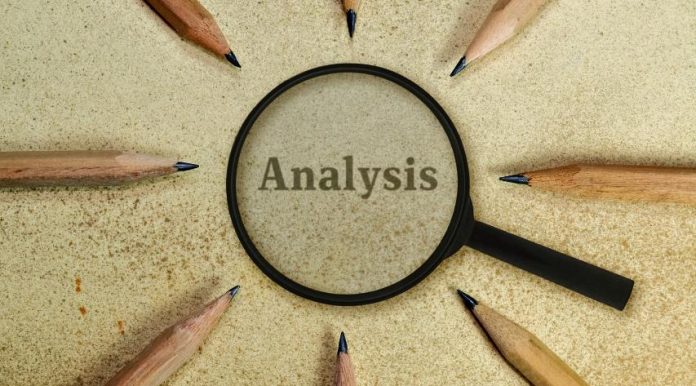Table of Contents
Have you ever found yourself standing between the aisles of a popular retail store, hesitating between two brands of similar products? It may not be immediately apparent, but every choice you make is carefully recorded and analysed. When woven into a story, this data offers invaluable insights that shape the future of retail businesses.
Welcome to the world of retail analysis, a realm where numbers transform into stories, offering a panoramic view of the consumer landscape, preferences, and trends.
This article will explore how retail analysis transcends traditional data, weaving compelling narratives that elevate businesses to unprecedented heights.
The Power of Stories in Retail Analysis
The Foundation of Retail Analysis
At its core, retail analysis uncovers insights that drive business success. It involves collecting and analysing various types of data, such as:
- sales data
- customer data
- inventory data
By tracking key performance indicators (KPIs) like sales growth, customer retention, and inventory turnover, you can gain valuable insights into the health and performance of your business. Technology plays a vital role in this process, enabling efficient data collection and analysis.
From Data to Narrative
However, numbers alone can only take us so far. To truly understand the story behind the data, we need to go beyond the spreadsheets and charts.

This is where the art of data visualisation comes into play. By transforming raw data into meaningful and visually appealing narratives, you can unlock deeper insights and communicate their findings effectively.
Visual tools like charts, graphs, and infographics bring data to life, making it easier for stakeholders to grasp complex concepts and trends.
Customer Journeys, Emotional Connection, and Personas
Retail analysis not only helps us understand the numbers; it also uncovers the stories of customers.
By analysing your customers’ behaviours and preferences, you can create detailed customer personas. These personas are based on data insights and provide a deeper understanding of customers’ needs, motivations, and pain points.
This knowledge allows you to tailor strategies, products, and experiences to serve your target audience better. Furthermore, retail analysis can uncover emotional triggers and customer sentiment, helping you to forge stronger emotional connections with your customers.
Ethical Considerations
As with any powerful tool, retail analysis comes with ethical considerations. Data privacy and consumer trust are very important in the age of big data.

Retailers must handle customer data with the utmost care and transparency, ensuring compliance with regulations and industry best practices. Ethical data usage in storytelling means using data responsibly and respecting the privacy of individuals. By maintaining ethical standards, retailers can build trust with their customers and foster long-lasting relationships.
Conclusion
In the world of retail analysis, numbers are just the beginning. It’s the narratives behind those numbers that truly drive success.
By embracing retail analysis as a storytelling tool, you can uncover insights, understand customer journeys, and create meaningful connections. Through storytelling, you can differentiate yourself, stand out in the crowded marketplace, and build strong customer relationships.
So, as you delve into the world of retail analysis, remember that the numbers are just the starting point. It’s the power of stories that will truly set your business apart.


